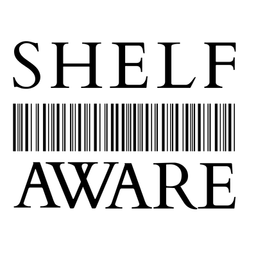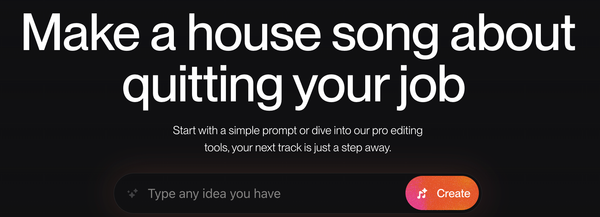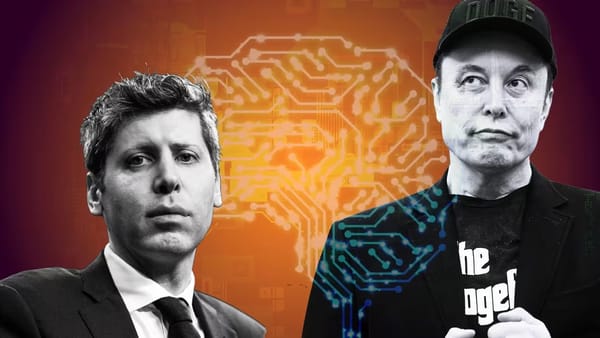Everyone Slept on LinkedIn. It Had a Quiet Glow-Up.
LinkedIn might dominate the next decade of professional AI. Yes, the same platform where you get drowned in nonstop job anniversaries and clapping emoji spam.
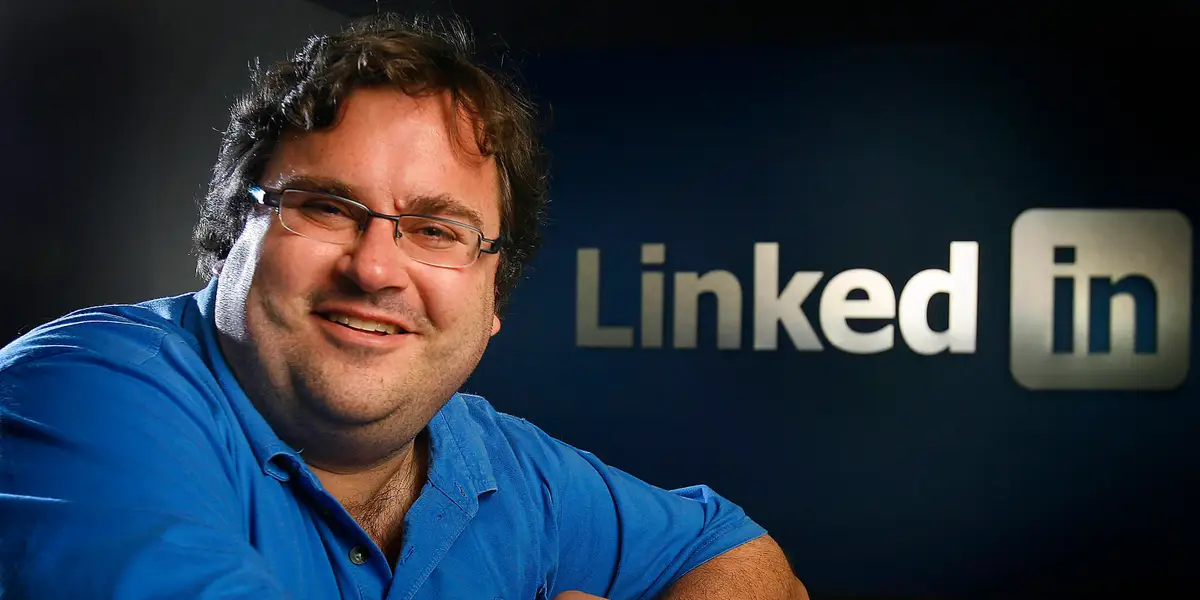
For a long time, LinkedIn felt like the digital equivalent of getting dragged to a mandatory networking mixer: forced smiles, dry conversations, and honestly boring as hell. You joined because a professor or boss said you should, then promptly forgot it existed until you needed to update your resume. We all assumed it would forever stay that drab corner of the internet where enthusiasm goes to die.
But the "boring" network grew up.
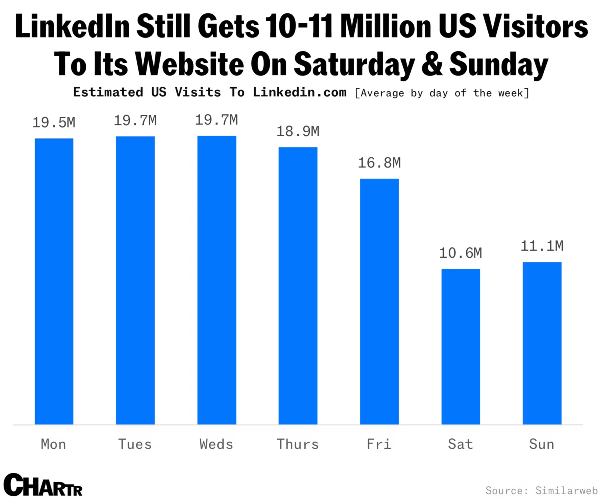
Quietly, almost awkwardly, it went through a serious glow-up into a platform underpinning professional life. User engagement surged, content started flowing, and the cash flows followed. And now as a cornerstone of the working world, I'm convinced LinkedIn is discreetly becoming one of tech's most underrated assets.
So, what drove this reinvention? LinkedIn's resurgence wasn't accidental. It executed a long-game vision, cultivated a self-reinforcing loop, and nailed monetization, all while subtly becoming Microsoft's understated ace.
Here's how it all unfolded.
Bessemer's Boring Bet
To appreciate how far LinkedIn has come, we need to rewind to 2006, the era of MySpace, flip phones, and when "tweeting" was still for birds. Back then, Bessemer drafted an investment memo which now reads like a relic from another era that aged incredibly well.

Stamped December 11, 2006. This IM is such a delightfully dated gamble from when it was just an overpriced Rolodex.
At the time, LinkedIn had just 8 million users, was basically breakeven on about $1.5 million in monthly revenue, and was valued around $250 million post-money. The memo dubbed LinkedIn the "Facebook or MySpace for business users" and noted that few users "truly 'live on the site'" like they did on other social networks. For most, it was essentially an online resume holder with a messaging feature. Useful, but hardly habit-forming.
Why did Bessemer even bother then?
Because they saw LinkedIn's latent potential to become the definitive directory for the business world. Own that, and you own the infrastructure of professional identity.
Bessemer was so convinced that they led its Series C with $12.5 million for a 5% stake – a fully priced deal for a company that, truth be told, hadn't yet proven it could be more than a digital phonebook. They sized the entire online recruiting market at roughly $2 billion back then, dominated by job boards like Monster. A $250M bet on a site nibbling at a $2B market? Precisely the sort of gamble that raised eyebrows back then. But Bessemer correctly anticipated how professional connections could steadily compound into dominance, and the fact that "boring" can be a moat.
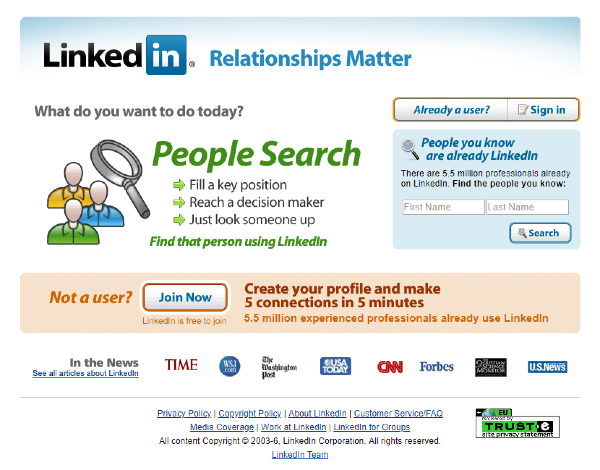
Fast forward to today and boring handsomely paid off.
LinkedIn now boasts over 1 billion members worldwide and hauled in about $16 billion in revenue last year, which exceeds the entire market size Bessemer imagined. LinkedIn didn't just tap the well; it dug a far deeper one. The memo figured LinkedIn's upside was huge but admitted usage needed improvement. Clearly, there was room for improvement on engagement... and improve it did.

In the years since, LinkedIn incrementally rolled out features to keep professionals coming back: a news feed, viral posts, influencer articles, and easy endorsements. Some features were genuinely useful; others became running jokes (seriously, who asked for endorsements for "Excel" or "Email"?). But the strategy worked. Slowly, it made itself stickier, nudging that passive user base into a more active community. What was once a site you visited only during job hunts turned into a place people actually browse, even if half the time it's to roll their eyes at a cringe post about "hustle culture." And in the process, LinkedIn earned something priceless: our professional attention.
What's powering this newfound engagement?
The C³ Loop: Competence → Credibility → Capital
If traditional social networks hook you with vanity and voyeurism, LinkedIn's hook is more utilitarian: show your competence, earn credibility, then convert that credibility into career capital. I call it the C³ loop, the virtuous cycle propelling LinkedIn, even if most of us don't visit daily for fun.
Here's how it works:
Competence
First, you demonstrate your knowhow. Maybe you share a thoughtful post about a breakthrough in your field, list a new certification, or just humbly brag about a project you nailed. On LinkedIn, flexing looks less like selfies and more like seminar snippets, highlighting your professional competence in front of your peers (and bosses, recruiters, maybe even your lurking ex). Every "I'm honored to announce…" post or carefully crafted thought-leadership blurb is a bid to say: I know my shit.

Credibility
Displaying competence earns you credibility. People start liking, commenting, endorsing your skills, maybe even quoting you. That positive feedback from colleagues and industry folks becomes social proof. On LinkedIn, credibility is currency. It accumulates through recommendations, endorsements, follower counts, and the subtle weight of having your posts resonate. It's why you see users proudly touting that they were featured in the "Top Voices" or that their SlideShare went viral. It's clout, but with a professional sheen.
Offline, building credibility took years. On LinkedIn, one viral post can fasttrack your entire career.
Capital
Credibility eventually converts to capital – and not the virtual kind. We're talking real career dividends: job offers, client leads, speaking invitations, investment opportunities. The whole point of building credibility on LinkedIn is to cash it in for something tangible. Maybe a recruiter messages you about a role that's a big step up, precisely because your posts marked you as an expert. Or a potential client reaches out after seeing your engaging webinar post. However it materializes, credibility turns into career capital. And once you've tasted that payoff, you're more likely to circle back and pump out even more evidence of your competence. Hence the cycle repeats.

Show your skills → build your brand → cash in career rewards = Flywheel in action.
Users might not doomscroll LinkedIn for funny memes at midnight, but they will absolutely hop on when there's career karma to be gained. It's professional gamification: contribute to get ahead. Over time, it has nudged more of its 1 billion user base into this loop by promoting content creation, personal branding, and knowledge-sharing on the platform.
The result? An ever-expanding library of high-quality professional content, all created by people angling to show they know what they're talking about.
In other words, LinkedIn found a way to make engagement purpose-driven. Sure, sometimes it veers into humblebrag territory, but even the cringe posts underscore the point: people see real career upside in staying active here. And that makes all the difference.

Money Machine: Recruiters, Ads, Subs
Of course, where there's professional clout, there's money to be made. LinkedIn realized early on that owning the professional graph gave it multiple ways to monetize the heck out of our work lives. Gradually, it built a layered stack that turns the C³ loop and network effects into revenue with three main pillars.
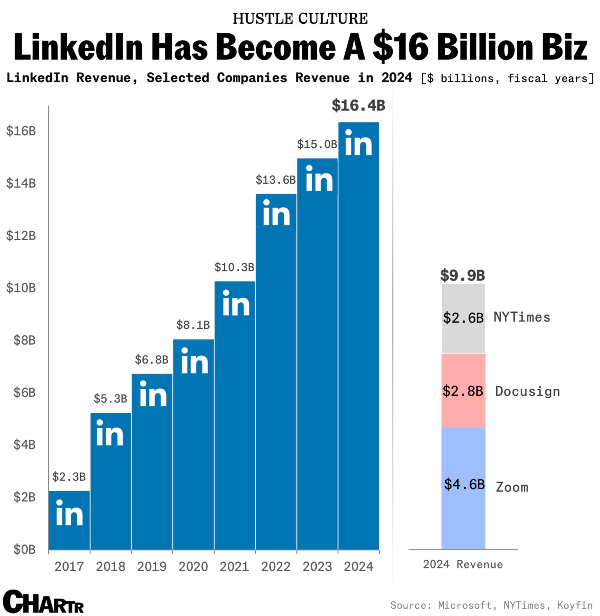
Talent Solutions (~60% of Revenue)
This is LinkedIn's cash cow. Employers and recruiters pay steep fees for access to its vast talent pool. Job postings, advanced search filters, InMail credits to cold-message candidates, enterprise recruiting dashboards – if it helps a company find or hire people, LinkedIn probably sells it. It's simple economics: LinkedIn built the definitive professional database, and companies happily pay to access it.
As of today, around 100 million job applications get submitted on LinkedIn every month, and millions of job listings continuously circulate. A basic job board turned into critical hiring infrastructure for Corporate America, and it charges accordingly.
Marketing Solutions (~25%)
LinkedIn borrowed Facebook's attention-monetization strategy, but with a business-class upgrade. The platform's audience is the dream demographic for B2B marketers, higher education, and premium services.
Think about it: its user base skews educated, employed, and with budget authority.
That's catnip for advertisers selling enterprise software to CTOs or MBA programs to ambitious 20-somethings.
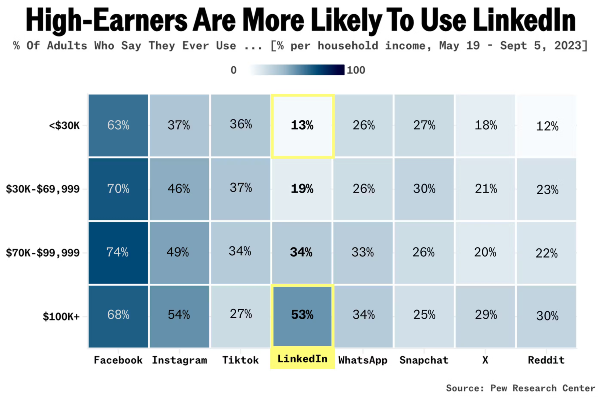
Hence LinkedIn built a robust advertising business on sponsored content and targeted messages in your feed and inbox. Early on, it inked deals with brands like E*trade and Jeep targeting the affluent users; today, your feed is packed with ads for cloud solutions, consulting, and executive coaching. In a world where most social media chase eyeballs for ad dollars, LinkedIn found fewer eyeballs, sure, but far more valuable ones.
Premium Subscriptions (~10-15%)
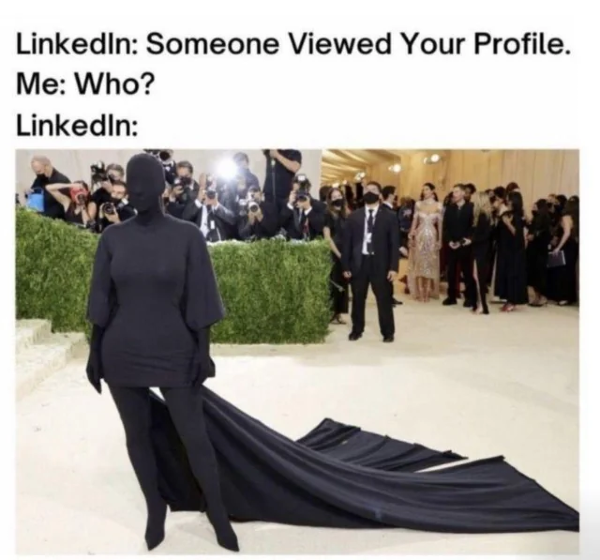
Finally, LinkedIn taps power users with subscription offerings. Products like LinkedIn Premium, Sales Navigator, and LinkedIn Learning upsell the most active networkers and biz dev folks. These subscriptions unlock extra features: advanced search filters, more profile views, the ability to message people you're not connected to, and educational content. Only a fraction of users pay for this, but those who do tend to live on LinkedIn.
It's a classic freemium play: the base experience is free, but if LinkedIn is critical to your day-to-day work, you'll gladly expense that $60/month for the additional edge.

The brilliance here? LinkedIn monetizes exactly when you care.
People use LinkedIn purposefully, not mindlessly. You hop on when you're job hunting, recruiting, selling, or building a brand, and it basically decided to charge for outcomes instead of pure attention.
Need to hire someone? That'll cost you. Want to advertise your product or yourself? Pay up. Desperate to creep on who viewed your profile? Sure, go Premium.
The kicker is that none of these feel like fees to regular casual users; the average user can ignore all this until the day they really need it. That's worlds apart from the attention addiction models elsewhere. It built a boring, steady money machine on the back of occasional, high-intent usage.
♻️ Monetization Through the Career Lifecycle
Early career? You're monetized through education ads or Premium upgrades. Mid-career? Companies pay big for recruiting and sales tools. Senior and networking? More targeted ads, executive courses. At every stage, LinkedIn extracts value while providing it.
Microsoft's Hidden Ace
When Microsoft bought LinkedIn back in 2016, many scratched their heads: what does a social network have to do with Office software? Nearly a decade later, the answer is becoming obvious: LinkedIn is silently fueling Microsoft's AI ambitions.

Many dismissed the purchase as just another pricey blunder, like Yammer (2012) or Nokia (2014).
In an era where AI is only as good as the data it's trained on, LinkedIn sits on a motherlode of proprietary human-quality data. This isn't the messy, anonymous free-for-all of a Reddit thread; it's the structured, real-identity, real-resume, real-interaction dataset of hundreds of millions of professionals over two decades.
AI needs real human data, especially conversational and behavioral data that isn't sanitized into oblivion.
Reddit offers the wild, raw side of that equation. LinkedIn offers the polished, factual side: a living directory of who knows what, who works where, who's skilled in which domain, and how they communicate in a work context. That's pure gold for training any AI that aims to navigate the professional world.
Microsoft clearly recognizes this potential. In late 2023, it lowkey updated LinkedIn's privacy policy to allow using user data to train AI models by default, effectively opting its users into AI training fodder. After some backlash, LinkedIn clarified it isn't handing data over to OpenAI's public models, but it is still sharing data with Microsoft to feed its own AI software. In short, your activity now directly trains Microsoft's AI.
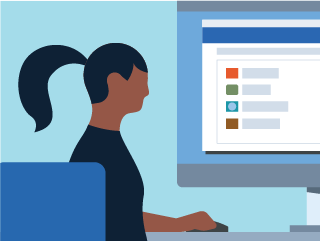
Every job title, connection, endorsement, and insight is precisely the enterprise-level fuel AI craves. And you can't harvest this from random cat videos on YouTube.
If that sounds a bit dystopian, consider the flip side: LinkedIn is also rolling out AI features for users, tapping those same data reserves. As part of Microsoft, it has been leaning hard on OpenAI's models to turbocharge its offerings. In the past year, they've introduced a number of AI helpers, including "learning coaches," marketing copy assistants, candidate sorters, resume and cover letter writers, even tools to auto-refresh your profile – all powered by GPT under the hood. Recently, it debuted its first autonomous AI agent too, a hiring assistant that can draft job descriptions and initiate candidate outreach.
Strategically, this is a one-two punch only Microsoft could throw.
They're using LinkedIn's data to train smarter AI and embedding those improvements directly into LinkedIn and Microsoft's productivity suite. Imagine an AI sales coach trained on its top reps or a hiring model informed by real job trajectories. That's exactly what Microsoft's sitting on.
Early AI experiments are already drafting posts in your voice and matching you to jobs based on actual career trajectories. And no other platform can replicate this professional-grade dataset.
LinkedIn Stayed Boring. AI Came Calling.
Perhaps the wildest plot twist is that LinkedIn achieved all this by staying in its lane. It never tried to be cool. It didn't desperately chase trends, pivot to endless video scrolls, or court Gen Z with viral challenges.
LinkedIn doubled down on being boring-but-useful, and in doing so, amassed a trove of structured human behavior that today's AI gold rush desperately needs. Ironically, in a world where every platform raced to maximize engagement with glossy content, the one that remained a "dull" professional hub ended up with something far more enduring: trust and truth in data.
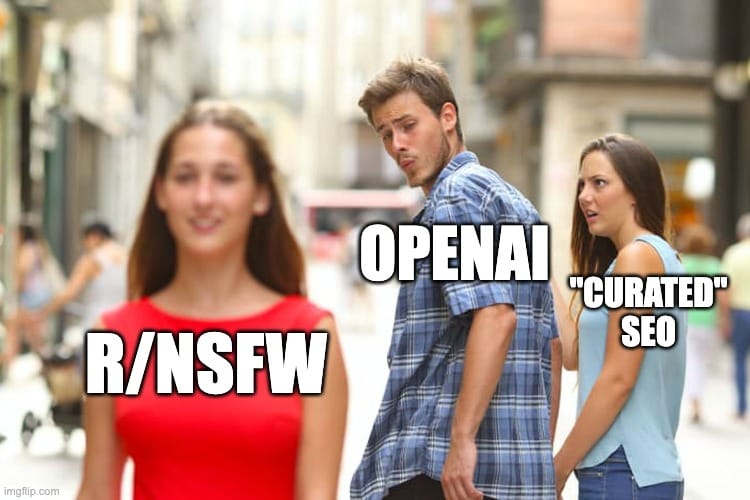
Funny enough, LinkedIn and Reddit, two seemingly outdated relics, are now poised to dominate tech's next era.
As I wrote in my piece on Reddit last month, messy humanity is the one ingredient AI can never fake. Well, the flip side is also true: authentic professional signals (real resumes, genuine skill endorsements, honest job transitions) are just as impossible to fabricate at scale.
| Buttoned-up resumes, professional polish | Chaotic memes, candid confessions |
| Structured human insights | Messy, raw human interactions |
| Fuels corporate AI | Fuels conversational AI |
The bottom line? Boring just became brilliant.
While everyone else scrambled for dopamine hits or algorithmic addiction, LinkedIn patiently mapped careers, skills, and relationships, creating precisely the structured reality AI desperately needs. Now, as AI reshapes the future of work, the once-dull network mocked for congratulatory cliches has become Big Tech's hidden powerhouse.
Turns out, LinkedIn never needed to chase cool; it quietly became indispensable.
Even LinkedIn now enjoys its share of glorious shitposting...
Exhibits (r/LinkedInLunatics):
A.
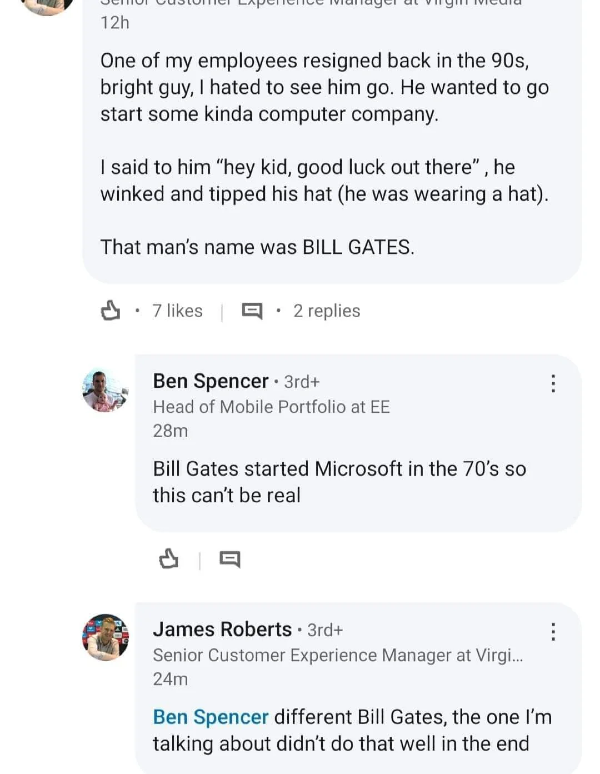
B.
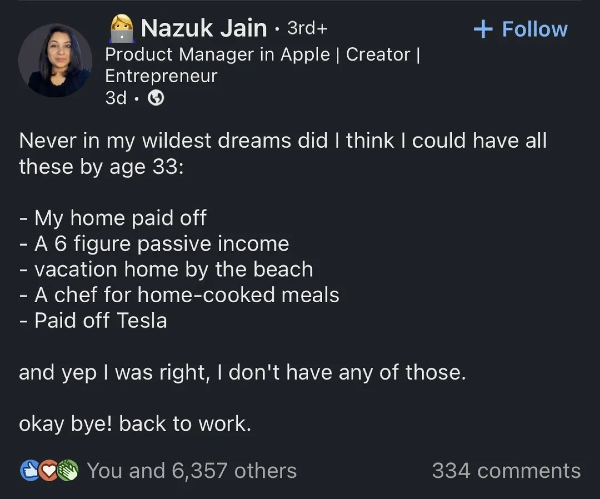
C.
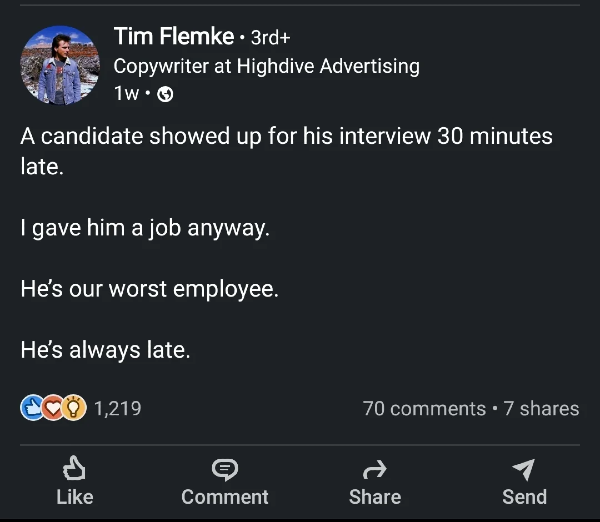
D.
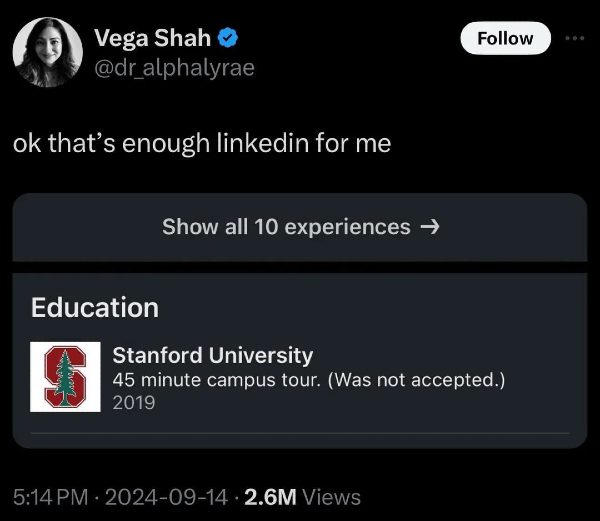
E.




